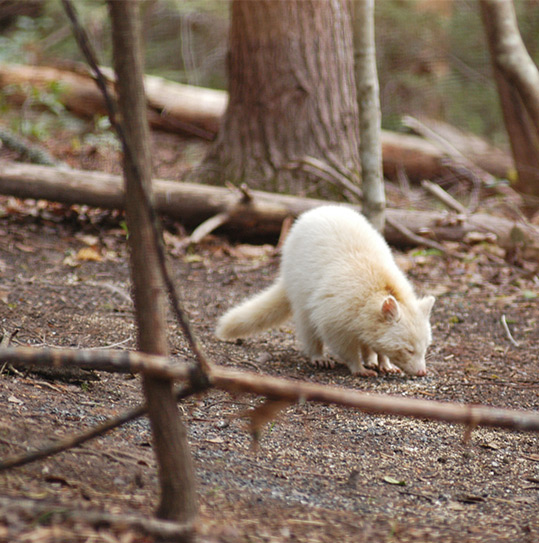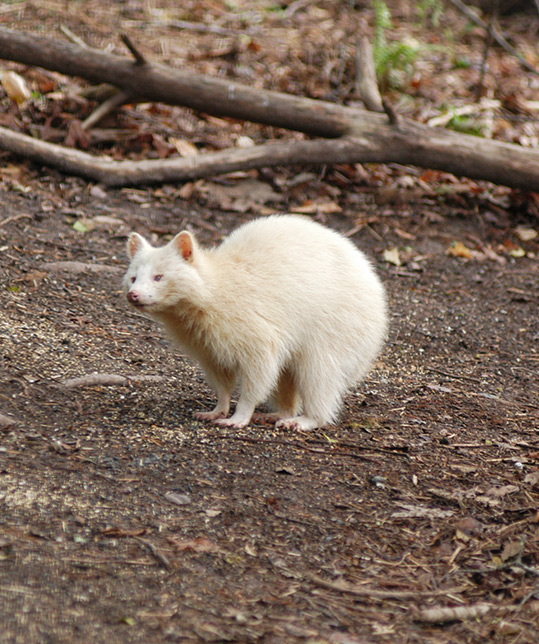If you do not see today’s Fishing Report, please refresh your browser to empty your cache.
Welcome to the Fishing Report from Townsend, Tennessee in the Great Smoky Mountains. At 5:46 am, the temperature outside is 34.3 degrees.
The balance of this week is going to be very warm. High temperatures predicted by the National Weather Service are as follows: Today 66, Thursday 77, Friday 82 and Saturday 77. Low temperatures at night will fall only to the 40’s and 50’s during the period. The streams will warm all week.
There is a slight chance for rain Saturday, and a higher chance Saturday night and Sunday.
Little River is flowing at 377 cubic feet per second (cfs) or 2.41 feet on the flow gauge. Median flow for this date is 327 cfs. The water temperature is 48 degrees this morning. Yesterday the water temperature rose to 52 degrees.
Fly fishing conditions have improved dramatically in the Smoky Mountains. Stream flows are a little high but good. Water temperatures are rising. They will be within the trout’s preferred range all week.
Nymphs or dry flies will work. You might want to start with nymphs this morning, since the water is chilly. We won’t have that problem during the days following today. I would use Pheasant Tail, Prince, Tellico, Hare’s Ear or many other reasonable nymph patterns.
Aquatic insect activity will be high all week. There is no telling what you will see on the water. I would use a Parachute Adams or an Elk Hair Caddis dry flies, used as attractors. Most important are, getting a good drift and not spooking the trout. Dress to blend with the forest.
Make sure your dry fly is moving at the same rate of speed as the current you are fishing. If bubbles or debris are moving faster or slower than your fly, your fly is dragging. Natural adult aquatic insects don’t do that. They drift in the current. There are insects that swim, hop or move, but, most of the time they drift. If a trout sees your mayfly swimming upstream or down, that does not appear natural. Your dry fly will be refused.
Sometimes, insects are present on the surface, but the trout are not taking them. The trout may be feeding on emergers. If you find yourself in that situation, switch to a wet fly. You can fish them drifting or swinging, or rising to the surface at the end of your drift. A Hare’s Ear wet fly is a good choice.
We are going to enjoy good fishing this week. Hopefully, we will not get too much rain Saturday night and Sunday. That could spoil our party.
Paula and I live in Dry Valley, located at the base of Rich and Scott Mountains, just over the hill from Cades Cove. Dry Valley got its name due to the lack of above ground water. Most of the water here, flows through caves. Tuckaleechee Caverns is located about a mile from our house. Dry Valley is sparsely populated by humans. Large tracts of land are privately owned. There are some farms, but much of the land is wooded. Much of Dry Valley borders Great Smoky Mountains National Park.
Two large springs emerge from the ground to form a spring creek that runs through our property. Even in drought years, the creek offers a reliable source of drinking water.
For all the reasons above, we see a lot of wildlife around our home. I keep a DSLR camera, mounted to a tripod, with a telephoto lens, pointed out my office window. If I see an animal, and want a photo, I can get some good shots from my office, where I work, at home.
We see lots of black bear, deer, wild turkeys, coyotes, bobcats, and many other wild animals passing by this house. Someday, I hope to see elk. Yesterday, I wrote about bobcats. I shared some of the photos I have taken of these cats, and one my neighbor took. You can read yesterday’s Fishing Report by CLICKING HERE and see those photos.
A couple of years ago, Paula and I saw an animal that is extremely rare. I heard from our police chief, it lived near the creek. Two years later, we saw it. It is an albino raccoon, shown in the photos below. I shared these pictures on this report back then.
I remember reading, your chance of seeing a white raccoon is greater than being struck by lightning. Actually photographing one, with a good camera, would have been like being struck by lightning several times. With most people carrying cell phones, that have built in cameras, that chance has probably increased. Still, an animal like this is something most people will never see.
Albino raccoons are not only rarely born, they are subject to predation due to their color. They usually don’t live long. They do not mate according to what I read. Evidently, they live a lonely and dangerous life.
I feel fortunate to have seen and photographed this beautiful and rare wild animal. We have not seen it since.
Have a great day and thank you for being here with us.
Byron Begley
April 11, 2018


Respond to: byron@littleriveroutfitters.com |


